Oil exports to the two most populous countries on the planet – India and China – will account for 90% of Russia’s total crude oil exports in 2023, Russian Deputy Prime Minister Alexander Novak told state-run Rossiya-24 television on December 27.
Deputy Prime Minister Novak, who is also responsible for the country's energy sector, said Moscow had successfully avoided the impact of sanctions imposed by the West since Russia launched its military campaign in Ukraine by rerouting supplies, mainly to the two Asian giants.
According to Mr. Novak, the process of rerouting Russian supplies actually began before the conflict in Ukraine broke out in February 2022, and the restrictions imposed by the US and the EU afterward acted as a catalyst to accelerate this process.
“When it comes to the restrictions and sanctions on supplies to Europe and the United States that have been introduced… this only accelerates the reorientation of Russian energy flows,” Novak said.
Mr Novak said that Russia used to supply almost 45% of Europe’s oil and petroleum products. The flow to the west has dropped to 4-5% this year, while the flow to the east continues to increase.
“China is where Russia’s share of oil exports has increased to 45-50 percent, while India has become our main partner in the current situation,” the Russian official said, noting that India is where Russia’s oil sales are growing the fastest.
“Previously, there were basically no supplies to India; in two years, total supplies to the South Asian country have increased to 40%,” said Mr. Novak.
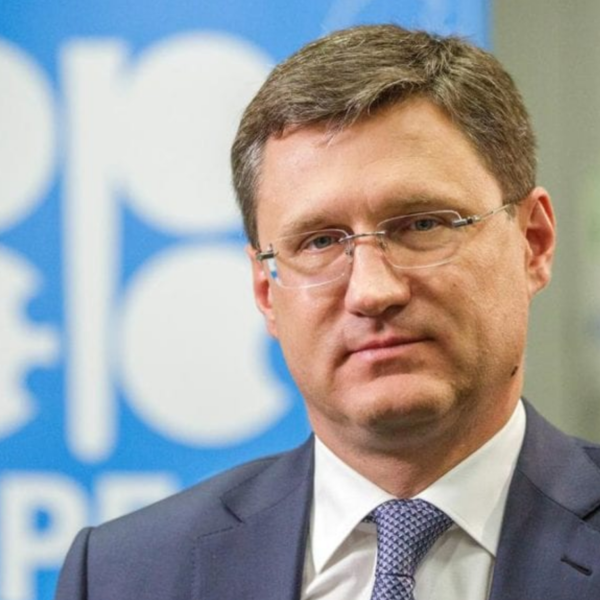
The Yamashinkoye oil field in Almetyevsk, Tatarstan, Russia, operated by Yamashneft, a subsidiary of Tatneft, November 2022. Photo: TASS
India can even buy Russian crude exports, sometimes at “bargain” prices, refine them, and then sell them on to Europe. This is possible in part because refineries often use crude from a variety of sources, making it difficult or impossible to trace the origin of the raw material that goes into the final product.
High Representative for Foreign Affairs and Security Policy and Vice President of the European Commission Josep Borrell told Reuters earlier this year that the bloc was aware of how Russian oil could be “smuggled” into Europe and was looking for ways to prevent or limit it.
“It is normal for India to buy Russian oil. And if, thanks to our restrictions on oil prices, India can buy this oil much cheaper, the less money Russia gets, the better,” Borrell said in March. “But if this is used to create a Russian refining center and the products are then sold to us… then we have to act.”
Returning to Deputy Prime Minister Novak's speech on Rossiya-24 on December 27, Mr. Novak said that Russia is complying with its commitments to cut supply as a member of the OPEC+ group of oil producing countries. He predicted that oil prices will be similar to current levels in 2024, around $80-85/barrel.
He also predicted that Russia's oil and gas export revenue would total nearly 9 trillion rubles (about $98 billion) this year, the same level as in 2021, before the outbreak of the Russia-Ukraine conflict and the "rain" of sanctions imposed on Moscow.
The oil and gas industry accounts for about 27 percent of Russia’s GDP and about 57 percent of its export revenue, Novak said, adding that Moscow was open to other buyers.
“There are many people who want to buy Russian oil. These are Latin American countries, African countries and other countries in the Asia-Pacific region,” the Russian official said .
Minh Duc (According to DW, Hindustan Times)
Source






























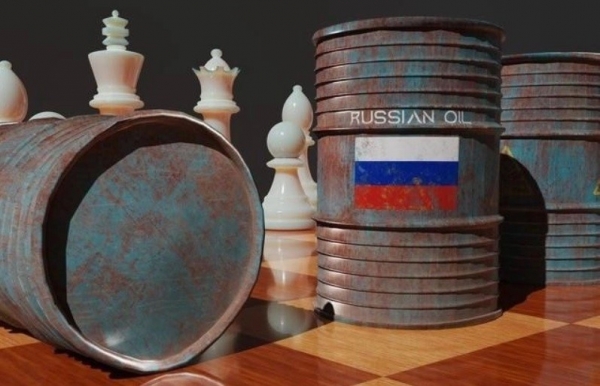

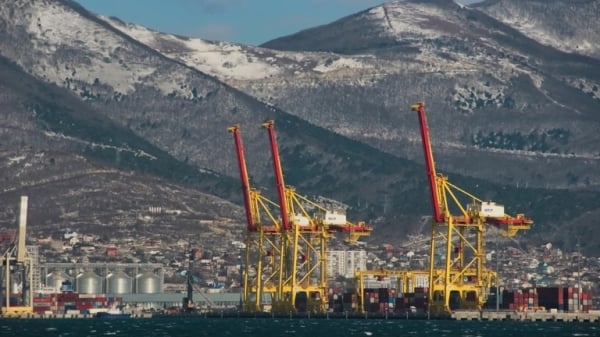
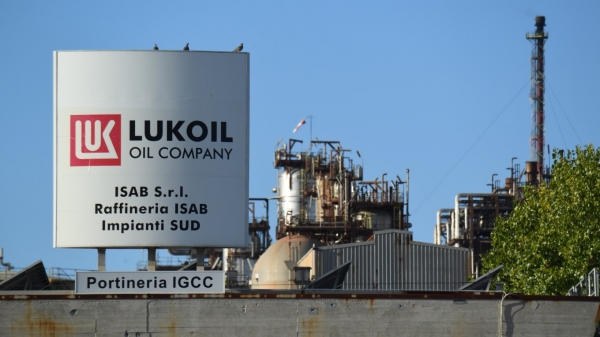
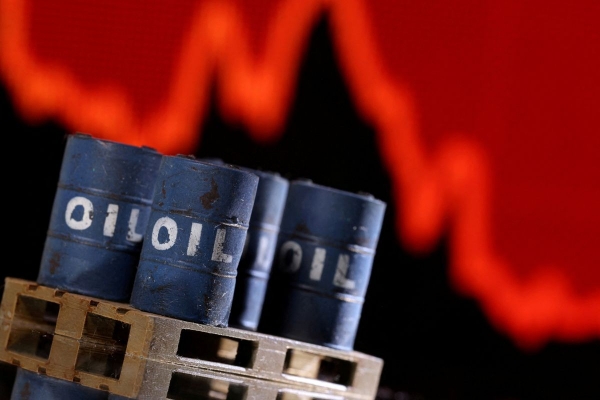
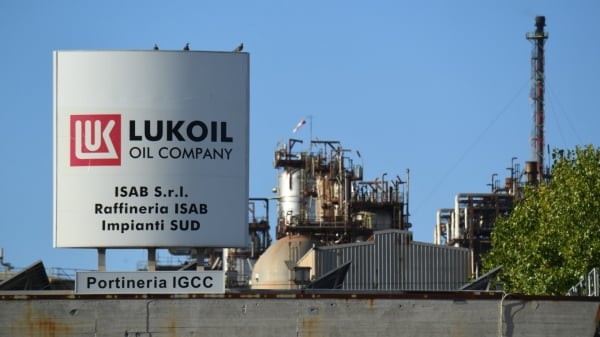
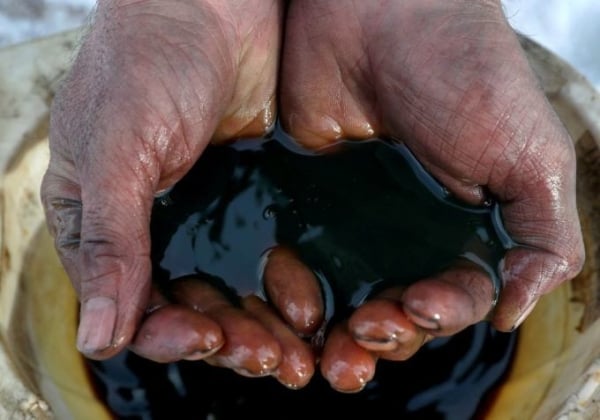

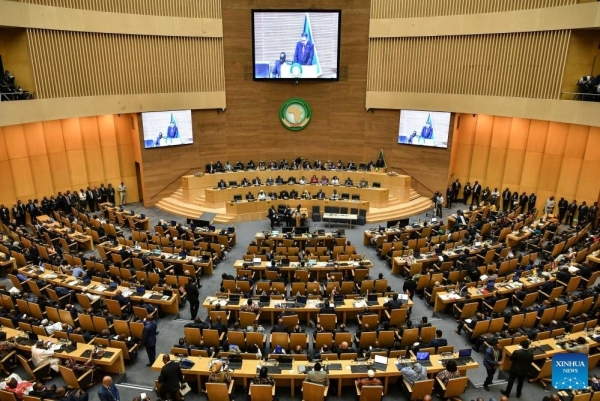


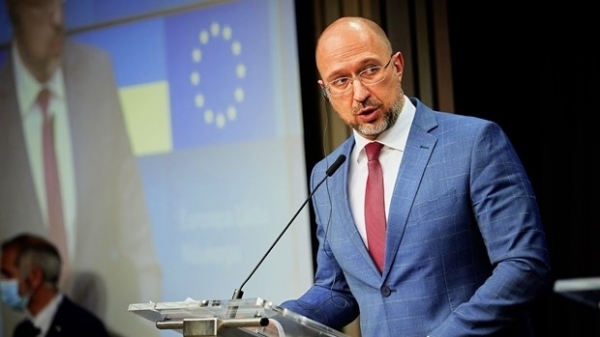
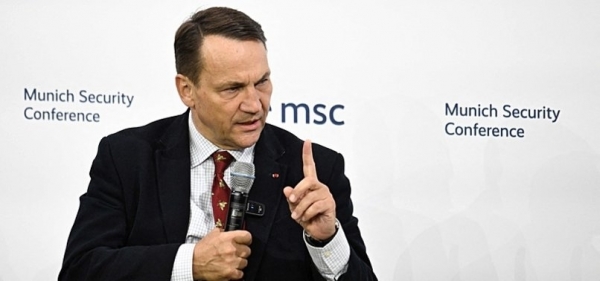



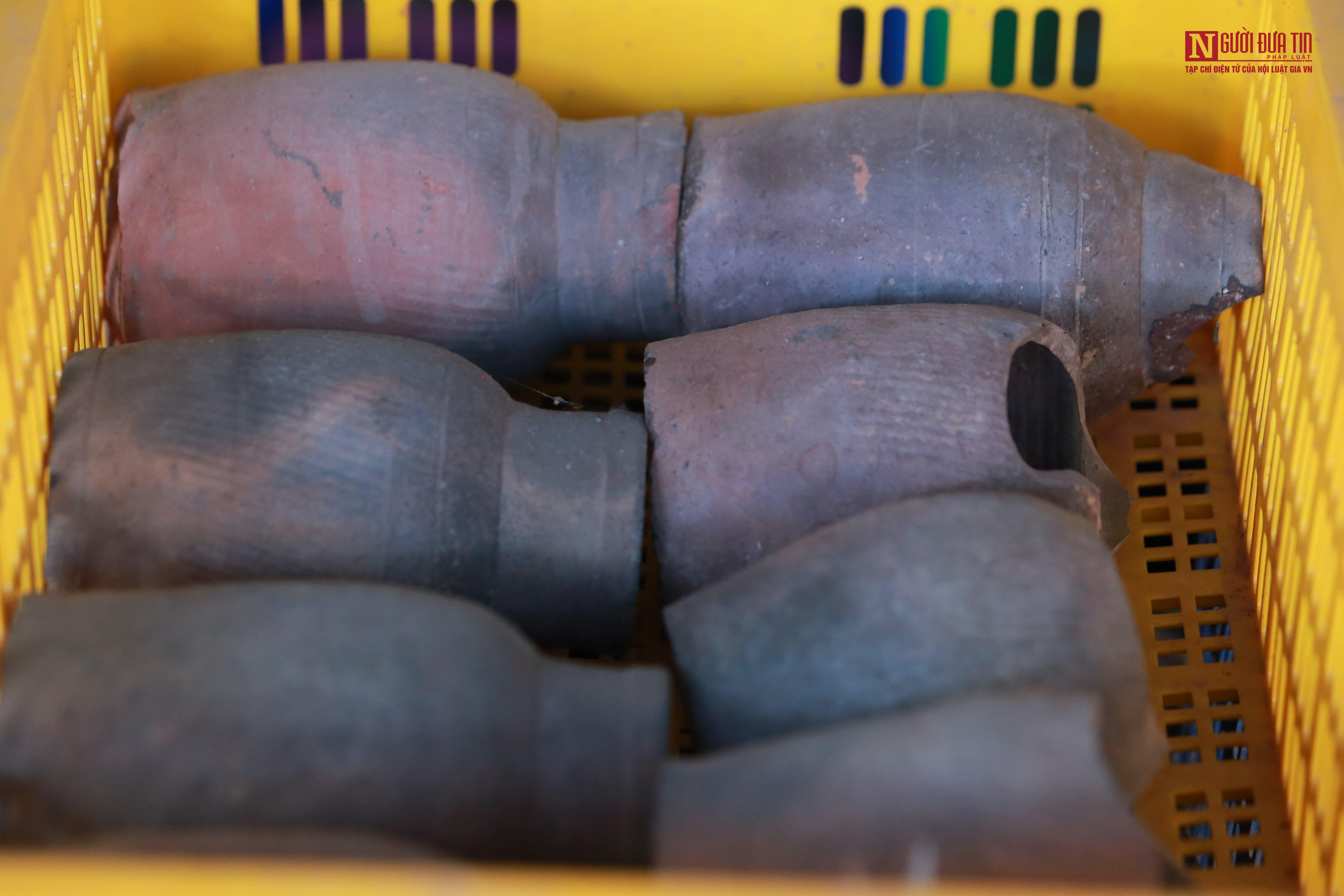
















Comment (0)